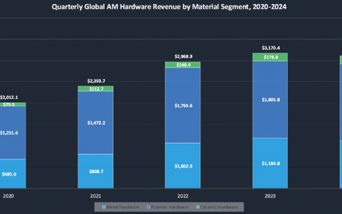Technological Breakthroughs Shaping the Industry
Recent technological advancements in additive manufacturing have revolutionized production capabilities and opened new possibilities for complex geometries previously impossible with traditional manufacturing methods. Multi-material printing, hybrid manufacturing systems, and advanced post-processing techniques are enabling manufacturers to produce parts with superior mechanical properties and surface finishes.
The emergence of large-scale additive manufacturing systems has made it feasible to produce substantial components for aerospace and automotive applications. Simultaneously, micro-scale 3D printing technologies are enabling precision manufacturing in electronics and medical device sectors. These technological leaps are supported by sophisticated software solutions that optimize print parameters, reduce material waste, and ensure consistent quality across production runs.
Sustainability considerations are also driving innovation, with bio-based materials, recycling technologies, and energy-efficient printing processes becoming increasingly important. The circular economy principles are being integrated into additive manufacturing workflows, creating opportunities for waste reduction and resource optimization throughout the product lifecycle.




